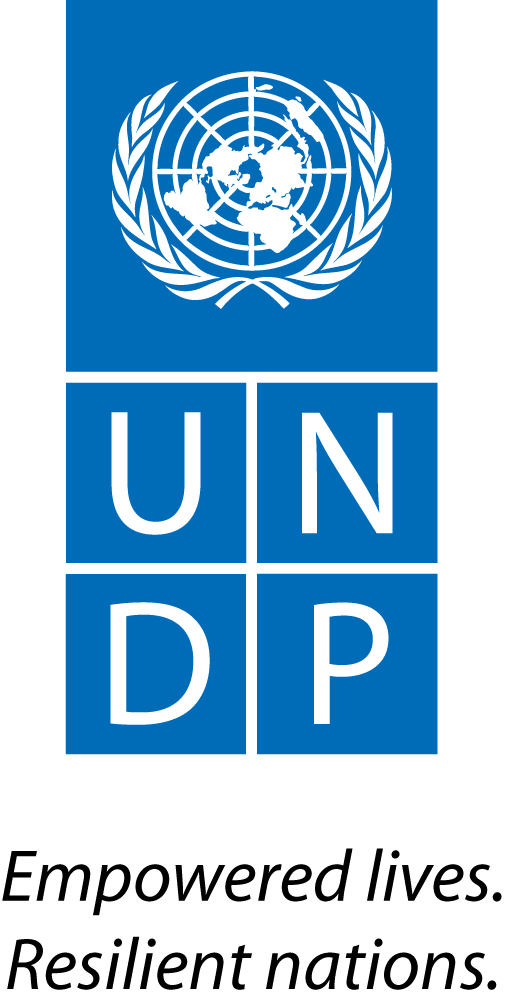http://www.climatespectator.com.au/commentary/how-temp-talk-could-doom-climate-treaty
At the much-heralded climate summit in Copenhagen in 2009, world leaders agreed to limit manmade global warming to less than two degrees Celsius above preindustrial levels. The agreement at Copenhagen, however, and in multiple rounds of subsequent negotiations, hasn't led countries to make actual commitments to the kind of emissions reductions that would put the world on a path to meeting that two degree target.
According to a new study published in Proceedings of the National Academy of Sciences, however, this seeming inconsistency is not just unsurprising: it was inevitable. By focusing on the two degree goal, negotiators inadvertently guaranteed their efforts would fail, because there's no hard evidence that any specific temperature target marks a dangerous threshold, with clear consequences for crossing it (instead, there is plenty of evidence that more and faster warming entails greater risks of major consequences, such as the collapse of the polar ice sheets).
This uncertainty, the study argues, provides an incentive for countries to be free-loaders, jumping on board with the agreement without making potentially costly emissions reductions.
The main message, therefore, is that countries should not rely so much on the notion of a climate change 'red line', beyond which catastrophe could occur, as the basis for making emissions reduction commitments.
This might come as a surprise to political leaders, who for more than two decades have struggled to reach agreement on what level of temperature change, or what atmospheric concentration of planet warming greenhouse gases, would constitute 'dangerous human interference' with the climate. For them, just agreeing to the two-degree target was viewed as an accomplishment in Copenhagen.
The study is based on results from a simulation game played by 400 students, who played the role of negotiators at a climate summit. Scott Barrett, a professor at Columbia University's Earth Institute and the lead author of the study, said that in practically every simulation, despite having a temperature target to shoot for, the players in the game committed to emissions limits that allowed the amount of planet warming greenhouse gases in the atmosphere to soar to what would almost certainly be "catastrophic" levels.
The problem, Barrett said, is that unless uncertainty about the threshold can be reduced to zero, individual countries have an incentive to do less than what would be required to avoid exceeding the threshold. In reality, this uncertainty can never be reduced to zero, Barrett said, because of the inherent scientific unknowns about what causes abrupt and catastrophic climate change.
If uncertainty could be reduced to zero, though, climate negotiations would be transformed from a classic 'prisoner's dilemma', in which countries have a perverse incentive to do less than what is required in order to solve a shared problem, and into a coordination game, in which countries would work with one another to ensure they are making sufficient commitments to meet a collective goal.
"The long history of climate talks and climate behaviour is pretty clear, countries say one thing and do another," Barrett said. He said this study, which shows that identifying a 'red line' may actually hinder policy action, provides new insight into the failure of international climate talks.
"The purpose of all this research is to understand first of all why things have gone wrong," he said. "You need a proper diagnosis of the illness before you order treatment."
Barrett said negotiators should seek ways around the 'prisoner's dilemma', perhaps by designing a series of smaller agreements that target individual greenhouse gases, rather than trying to craft an all-encompassing treaty that sets emissions reduction goals for entire economies.






